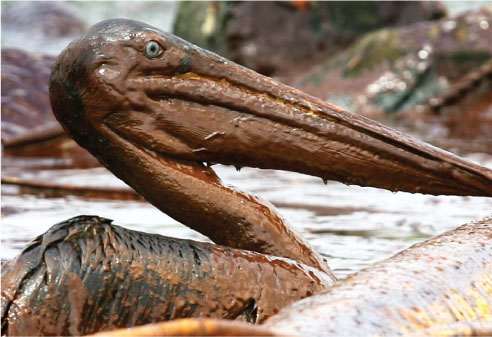 For weeks on end in 2010, live footage of a ruptured pipeline spewing oil underwater in the Gulf of Mexico served as a 24/7 reminder of the potential for environmental devastation. Underwriters and brokers dealing with Environmental insurance initially feared the worst in terms of the disaster's impact on the industry.
For weeks on end in 2010, live footage of a ruptured pipeline spewing oil underwater in the Gulf of Mexico served as a 24/7 reminder of the potential for environmental devastation. Underwriters and brokers dealing with Environmental insurance initially feared the worst in terms of the disaster's impact on the industry.
“Everyone thought it would be the 'Katrina' for Environmental Liability,” recalls Marla Donovan, head of product development at Burns & Wilcox.
But while the images of the Deepwater Horizon spill were striking, the multi-billion-dollar event had surprisingly little effect on the Environmental sector.
Recommended For You
Want to continue reading?
Become a Free PropertyCasualty360 Digital Reader
Your access to unlimited PropertyCasualty360 content isn’t changing.
Once you are an ALM digital member, you’ll receive:
- Breaking insurance news and analysis, on-site and via our newsletters and custom alerts
- Weekly Insurance Speak podcast featuring exclusive interviews with industry leaders
- Educational webcasts, white papers, and ebooks from industry thought leaders
- Critical converage of the employee benefits and financial advisory markets on our other ALM sites, BenefitsPRO and ThinkAdvisor
Already have an account? Sign In Now
© 2025 ALM Global, LLC, All Rights Reserved. Request academic re-use from www.copyright.com. All other uses, submit a request to [email protected]. For more information visit Asset & Logo Licensing.








